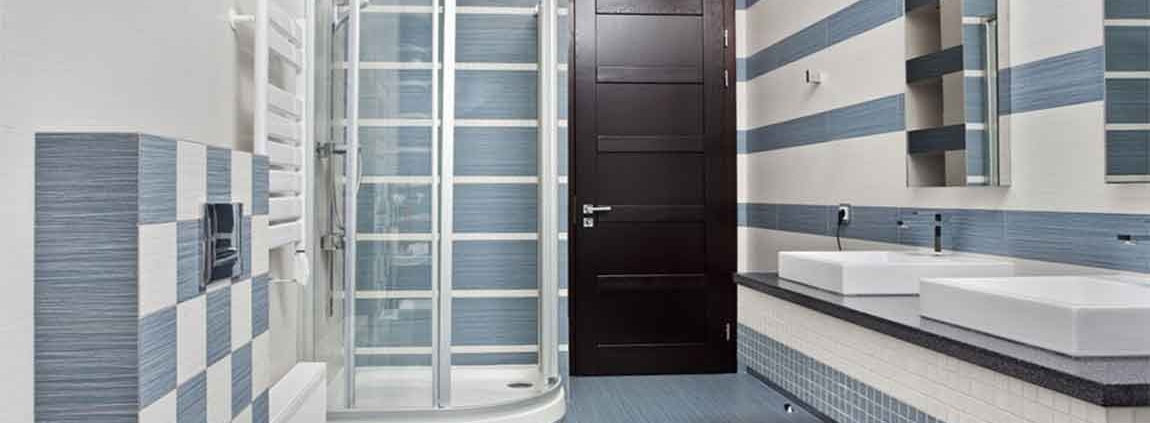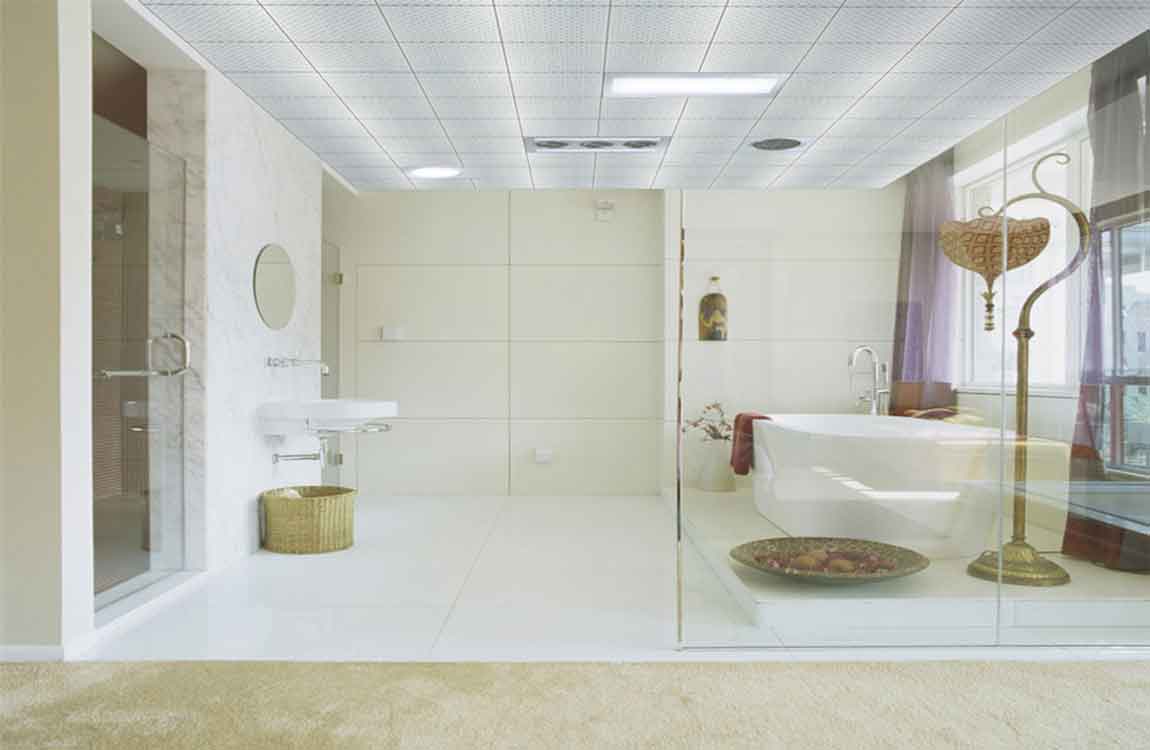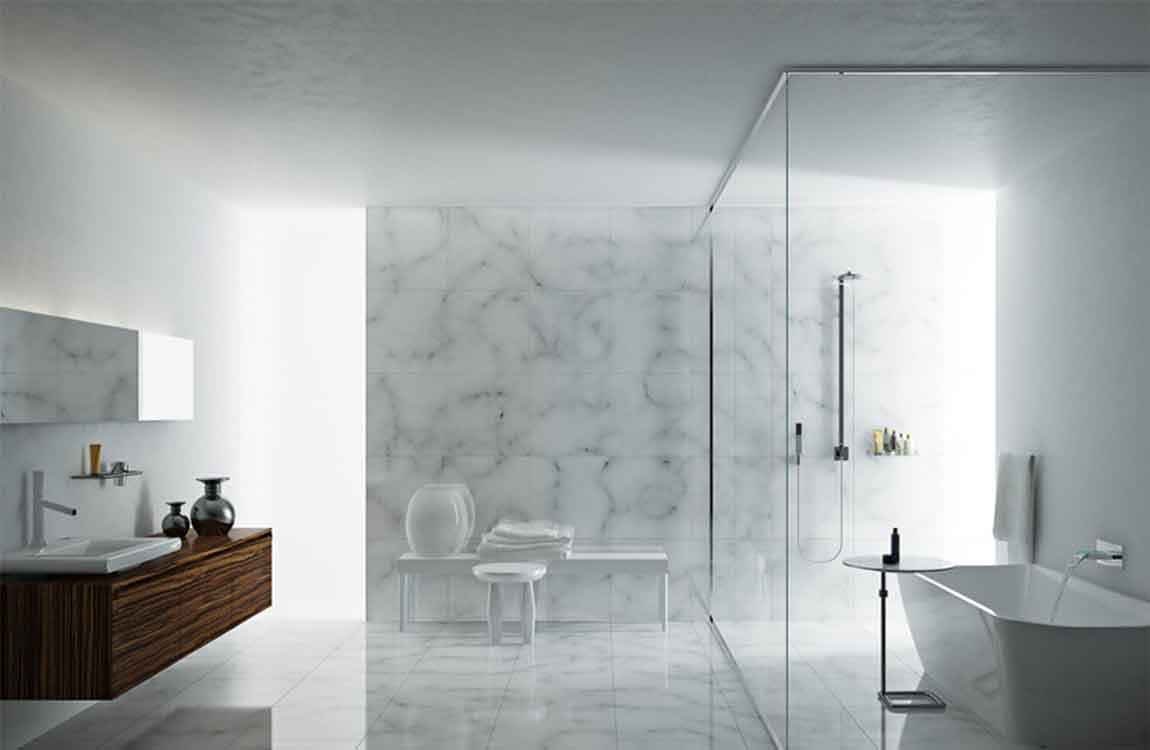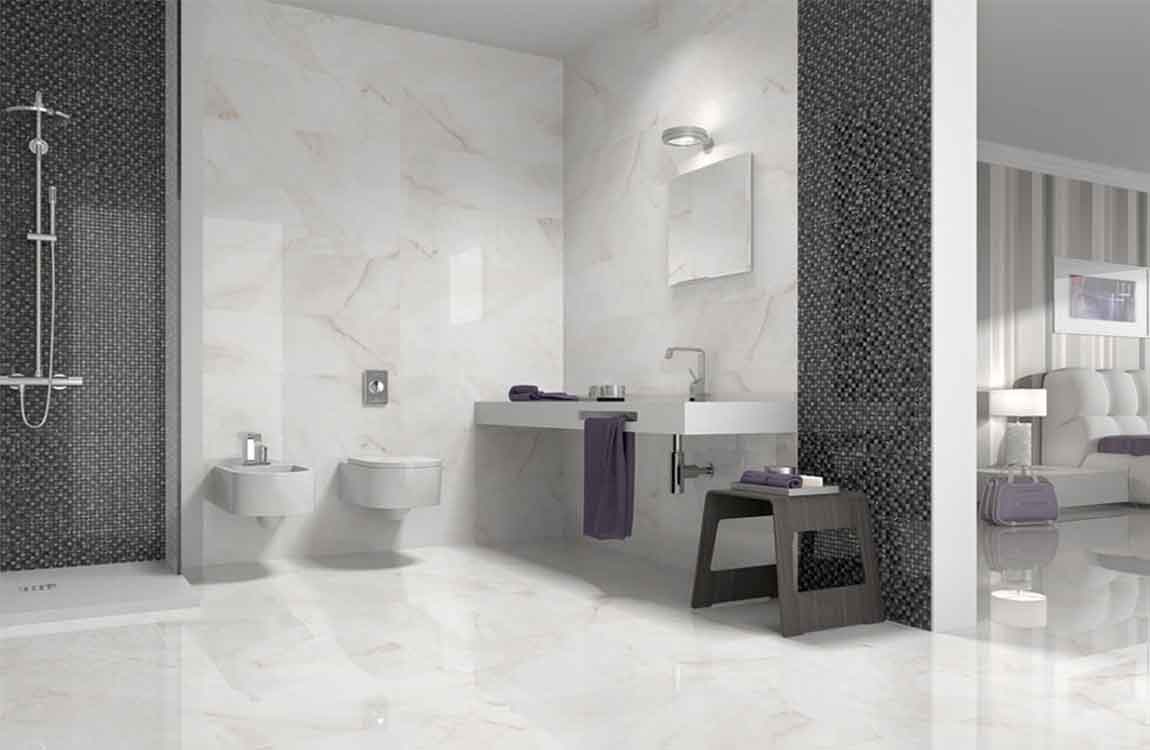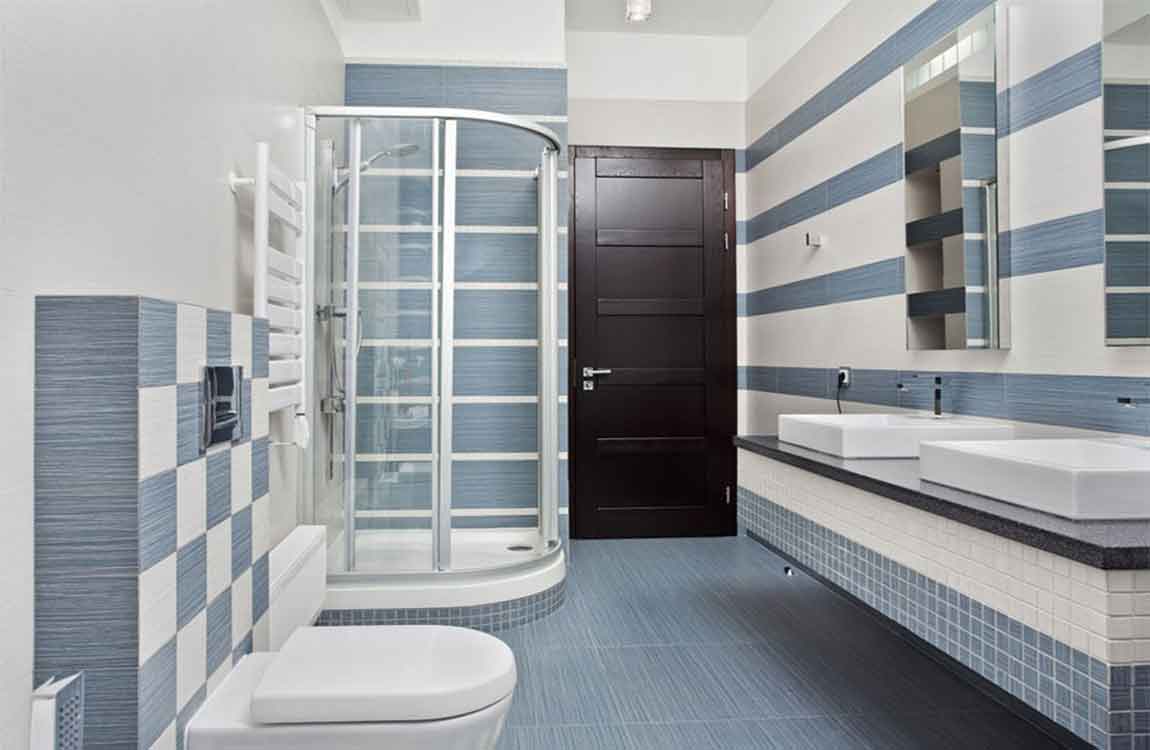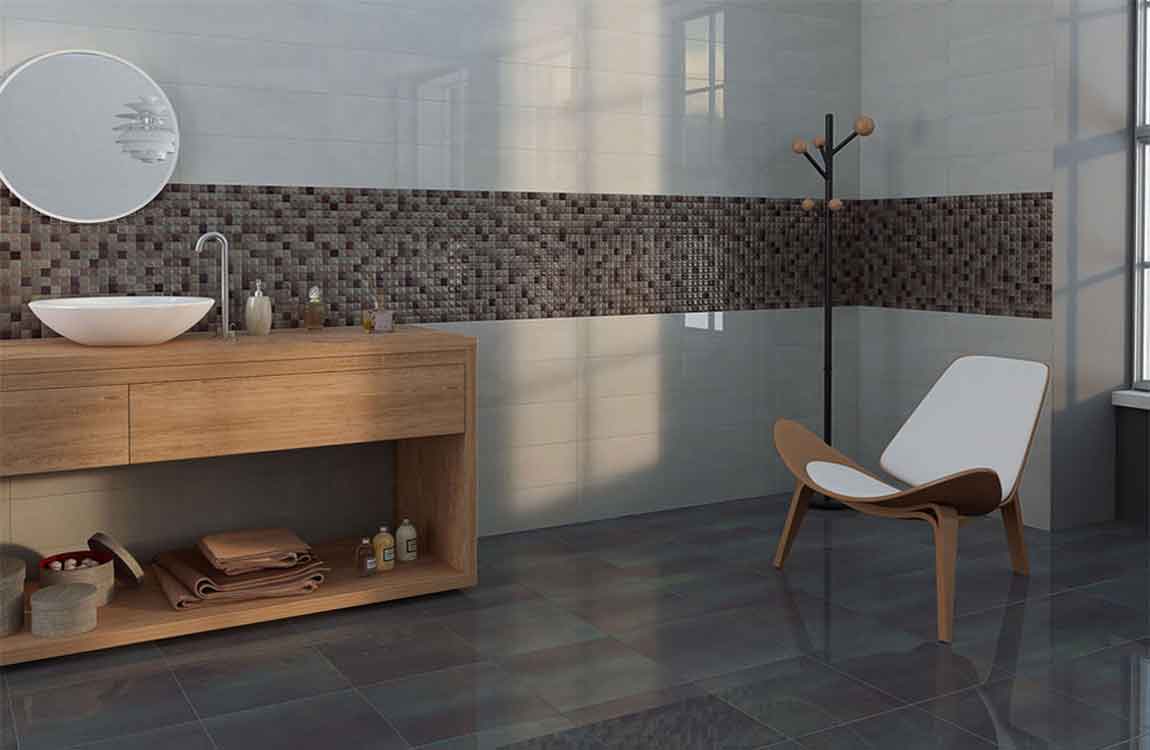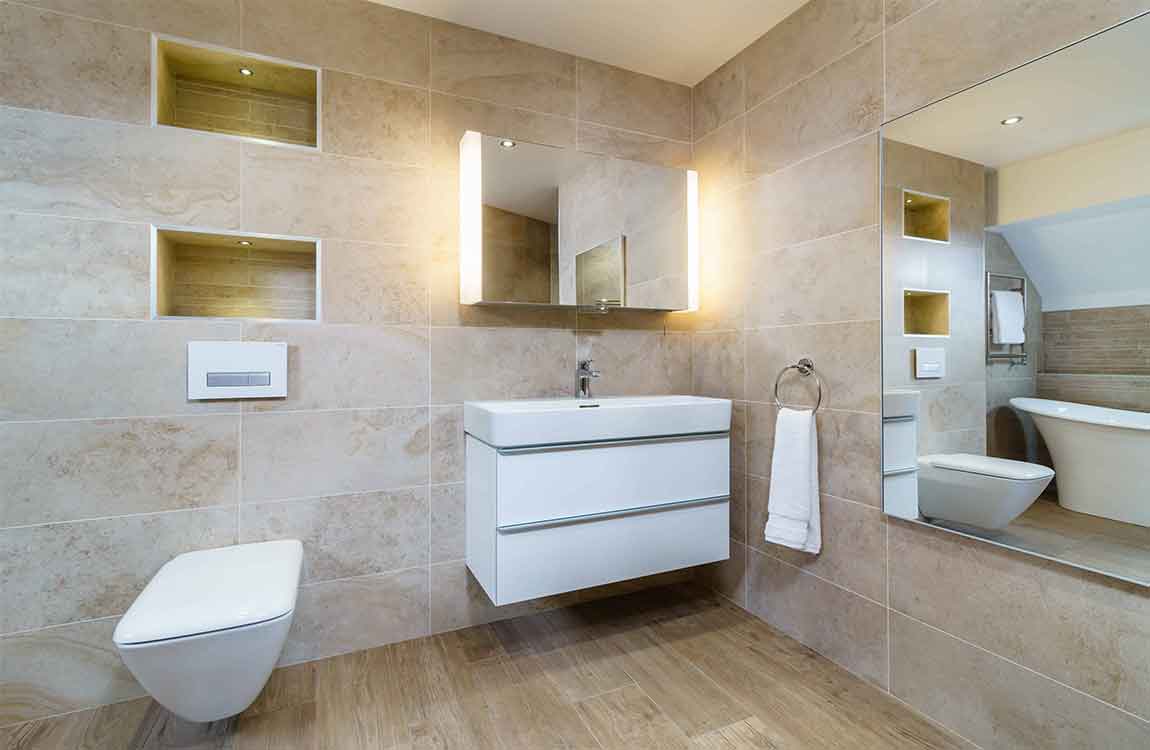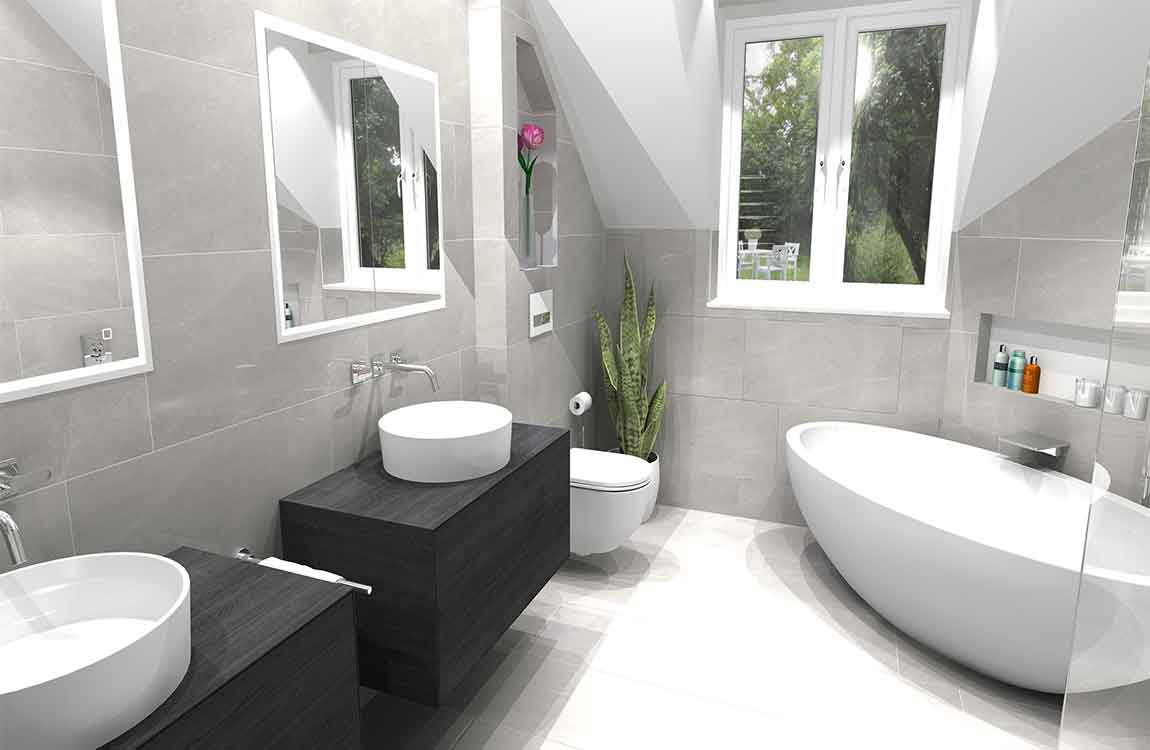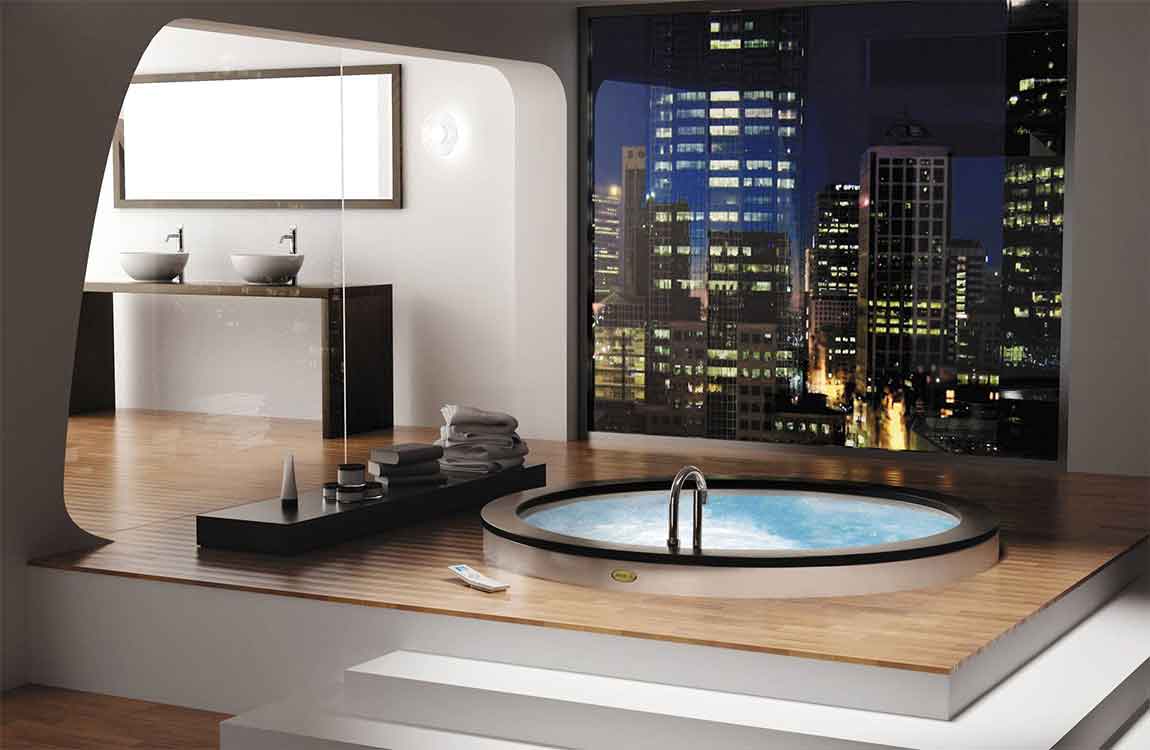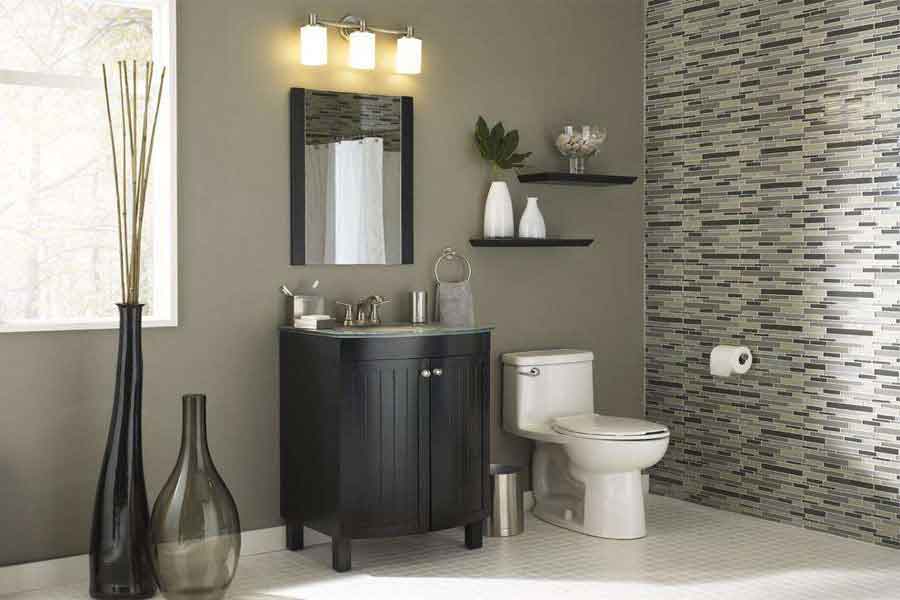How Preparation of Install a Bathroom Fan?
Determine the correct CFM rating for your bathroom. The first thing you need to do when installing a new bathroom fan is determine the CFM rating for your bathroom, so you can buy the appropriate strength fan. CFM stands for “Cubic Feet per Minute” and refers to how much air the fan can move per minute. Small bathrooms will need low CFM fans, while larger bathrooms may require fans with a much higher CFM.
To calculate the CFM for your bathroom, multiply the room’s cubic footage (length x width x height). For example, if your bathroom measured 120 square feet, you would multiply that by the height of the ceiling (say 8′) to get 960. THEN divide by 7.5 to get a CFM rating of 128. You will find the CFM rating of a new fan printed on its box.
Consider the sound rating of your fan. The next thing to consider is the sound rating of your new fan, which is measured in sones. New fans usually have a sound rating somewhere between 0.5 (very quiet) and 6 (very loud) sones. Some people prefer to have very quiet fans, while others value the privacy offered by louder fans, especially in public areas of the home.
Like the CFM, the sone ratings of new fans will be printed on the box. Choose the location of the fan. The location of your bathroom fan is important. It should be installed at the center point between your shower and toilet for optimum ventilation. However, if your bathroom is very large, you may need to install more than one fan.
If you are installing a new fan, you will need to consider the layout of your attic, where the bulk of the fan will be located. It should be placed in the the space between two joists, in an area free from any pipes or other obstructions. If you are replacing an old fan, the easiest thing to do is just to put the new fan in same location (unless you have a very good reason for wanting it in a different spot).

